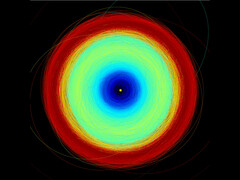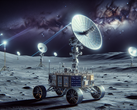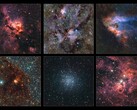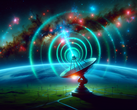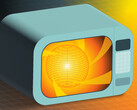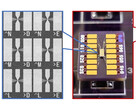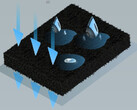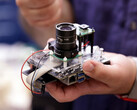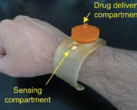You can see a wobbling, tottering asteroid, but this strange orbit is actually due to the fact that a second, bound chunk of rock is also on board. These are therefore binary asteroids.
Until now, only 500 of the almost one billion estimated asteroids in our solar system were known to form a binary system. With the discovery of 352 new candidates, the number has almost doubled.
This type of observation of such almost imperceptible objects is only possible thanks to the precise instruments of the GAIA space telescope. It can scan the entire sky and is designed for faintly luminous to almost non-luminous objects (magnitude 3 to 21).
Data records full of new objects
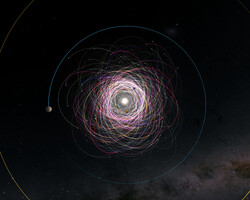
This makes the probe perfect for detecting more than just faint asteroids. It detects tiny fluctuations in the orbits and changes in brightness on the surface. Both, the deflection due to gravitational forces and the shadowing by a companion, show whether it is a binary system.
The measurements are almost 200 times more accurate than those of the previous mission. Thanks to an extended observation period, the orbits are also determined 20 times more accurately than originally planned with the existing technology. As a result, over 150,000 new asteroids have already been detected.
A subsequent data set, which is due to arrive on Earth in 2026, is expected to find significantly more small celestial bodies. The ESA Hera mission and the NASA DART mission also come into play here, which are investigating the possible deflection of asteroids on a collision course. And to do this, you first need to have seen them and ideally know whether they are single or binary asteroids.




